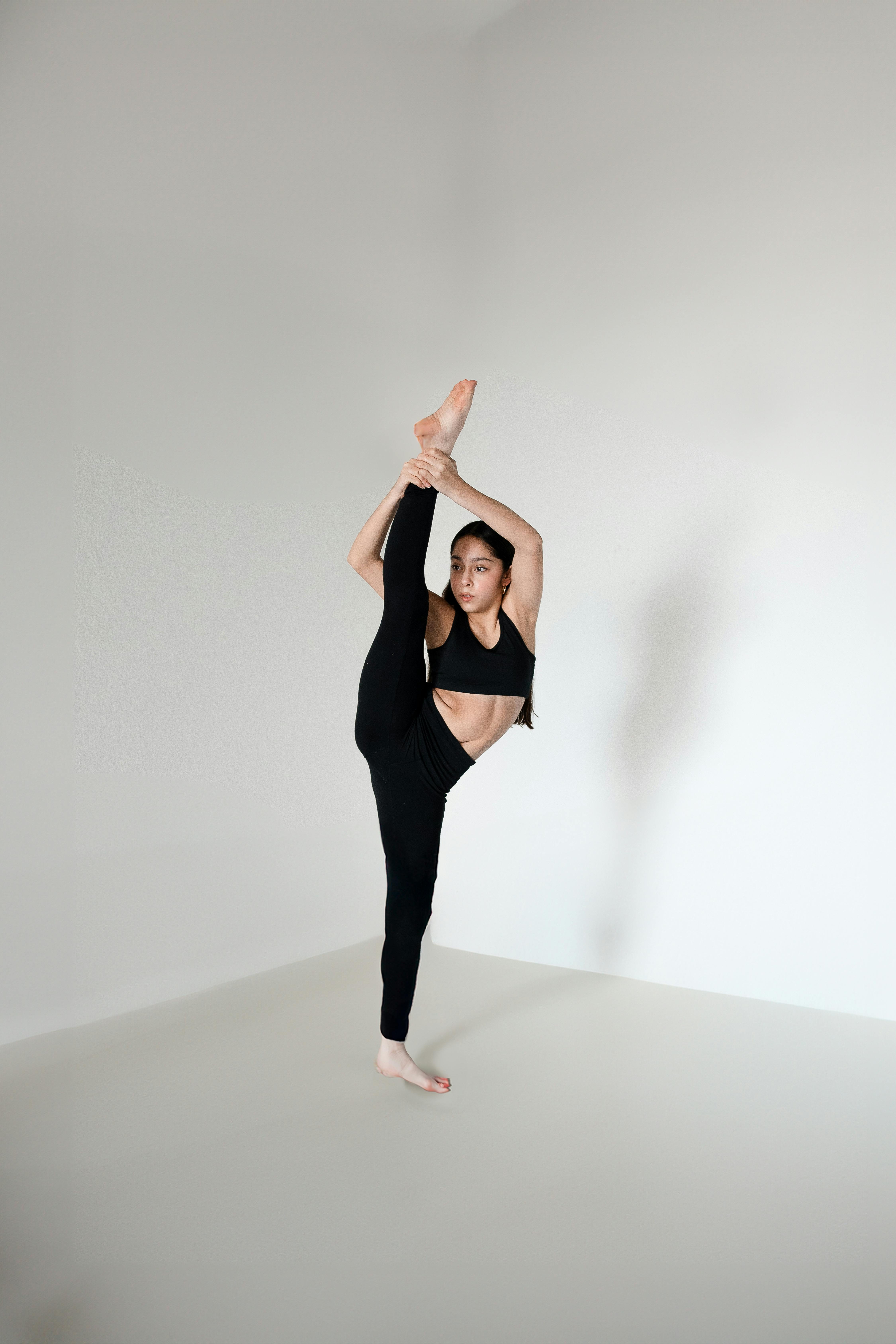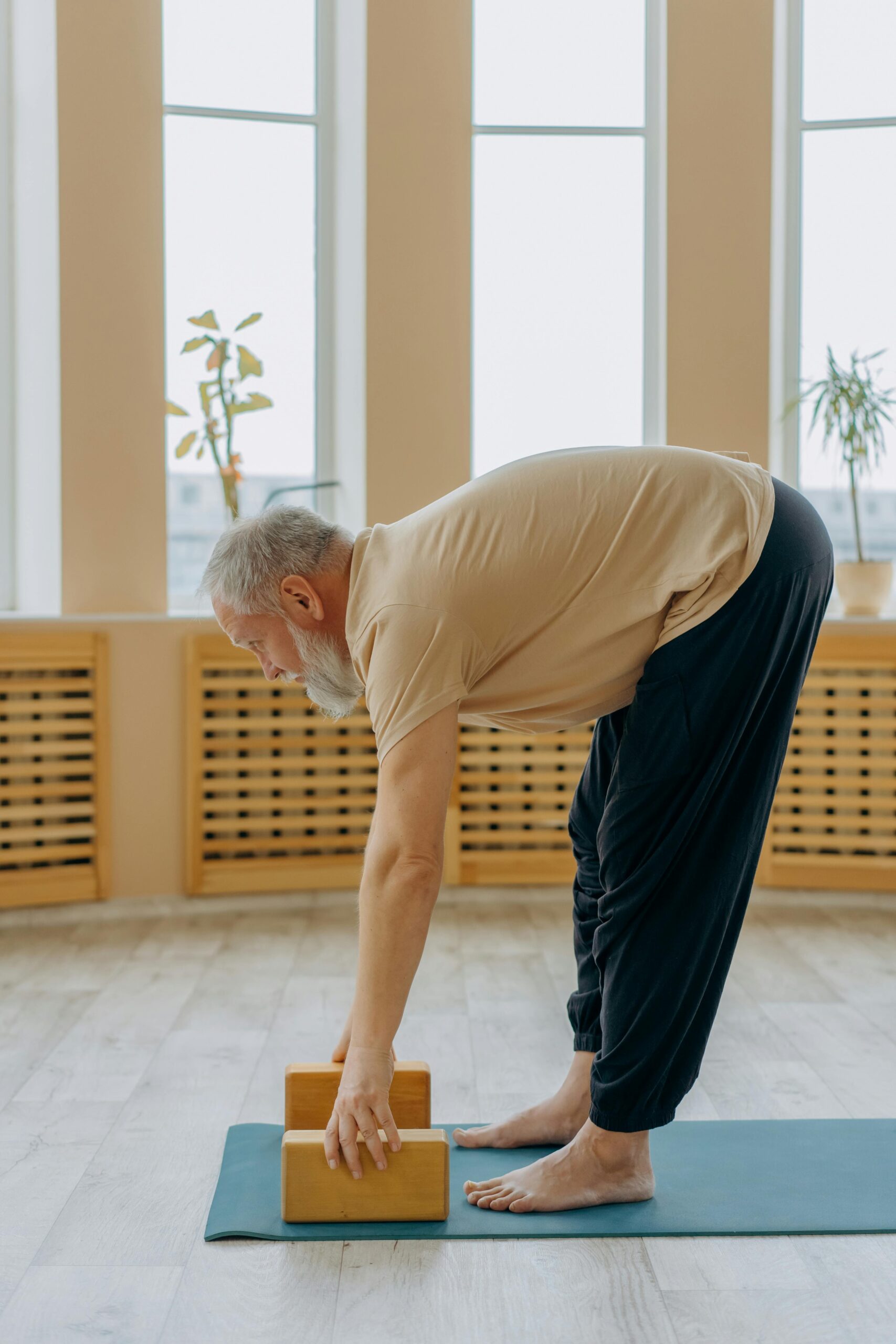“`html
Stretching Routine for Improved Flexibility and Mobility
Incorporating a consistent stretching routine into your daily regimen can significantly enhance flexibility, mobility, and overall well-being. Whether you’re an athlete, a fitness enthusiast, or a beginner, understanding the best practices for stretching can help prevent injuries, reduce muscle tension, and promote relaxation. In this article, we will explore the various types of stretching, effective routines, and practical tips that can be seamlessly integrated into your lifestyle.
Types of Stretching for Effective Routines
There are multiple types of stretching techniques that you can include in your stretching routine. Each type serves different purposes and offers unique benefits. The two primary categories are static and dynamic stretching.
Static Stretching
Static stretching involves holding a stretch for a certain period, usually between 15 to 60 seconds. This method is excellent for increasing flexibility and is ideal for post-workout cool-downs. It promotes relaxation of the muscles and can help alleviate soreness. For example, a simple hamstring stretch can be performed by reaching for your toes while seated and holding the position for 30 seconds, feeling the stretch along the back of your legs.

Dynamic Stretching
On the other hand, dynamic stretching involves movement-based stretches that increase your heart rate. It is particularly effective as a warm-up before physical activities. The key is to perform these stretches in a controlled manner, focusing on flexibility and range of motion. An example of this would be leg swings, where you swing one leg forward and backward or side to side to loosen up your hip joints.
Building a Comprehensive Stretching Routine
Creating a balanced stretching routine ensures that all major muscle groups are addressed, promoting overall flexibility and preventing tightness. Here’s how to structure your routine effectively.
Incorporate a Warm-Up
Start each stretching session with a light warm-up to elevate your heart rate and prepare your muscles. This could include a brief 5-10 minute aerobic activity, such as brisk walking or jogging in place. This initial phase is crucial as it signals the body that it’s time to stretch and prevents injuries.
Full-Body Stretching Examples
For a well-rounded approach, consider including stretches for both the upper and lower body. Here’s a basic sequence:
- Neck tilts (30 seconds each side)
- Shoulder rolls (10 forward, 10 backward)
- Cat-Cow stretch for spine flexibility (5 cycles)
- Standing quad stretch (30 seconds each leg)
- Cobra stretch for the abdomen (30 seconds)
Best Practices for Stretching Safely
To maximize the benefits of your stretching routine, it’s essential to follow some best practices to ensure safe stretching. Here are some critical points to consider.
Listen to Your Body
Always pay attention to how your body feels during stretches. If you experience pain or discomfort, ease off and avoid pushing yourself too hard. Stretching should feel beneficial, not painful.
Consistency is Key
Like any fitness routine, consistency is crucial. Aim to integrate your stretching routine 3-5 times a week, allowing your muscles to adapt and improve flexibility over time. Track your progress by noting how your flexibility improves with regular practice.
The Role of Breathing in Stretching
Incorporating proper breathing into your stretching routine enhances relaxation and effectiveness. Focused breathing helps release tension and allows you to stretch deeper.
Breath Awareness Techniques
Practice deep, controlled breaths while stretching: inhale deeply through the nose, allowing your diaphragm to expand, and exhale slowly through the mouth. Synchronizing your breath with each stretch can also help maintain focus and improve overall mindfulness during the routine.
Using Props for Deeper Stretches
In some cases, using props such as straps, blocks, or cushions can aid in achieving deeper stretches. For instance, using a yoga strap during a hamstring stretch allows an individual to hold the position longer while avoiding strain.
FAQ
1. How long should I hold each stretch in my routine?
For static stretches, it’s recommended to hold each stretch for 15 to 60 seconds. This duration is ideal to help improve flexibility without causing strain on the muscles.
2. Is it better to stretch before or after exercise?
Dynamic stretching is most effective before a workout to prepare the body, while static stretching is beneficial after exercise for muscle recovery and flexibility enhancement.
3. Can I stretch every day?
Yes, you can stretch every day! Consistent stretching helps improve flexibility and muscle relaxation. Just ensure you vary your routines to avoid overworking any particular muscle group.
4. What are the benefits of stretching regularly?
Regular stretching can lead to increased flexibility, improved posture, reduced muscle tension, and enhanced athletic performance. It also promotes blood circulation and can help alleviate stress.
5. Should I warm up before stretching?
Yes, warming up is crucial as it prepares your muscles for stretching, reducing the risk of injuries. Engage in light aerobic activity for 5-10 minutes prior to your stretching session.
Integrating a well-rounded stretching routine into your daily practice will yield significant benefits over time. Whether you’re looking to enhance your performance, relieve tension, or simply improve your flexibility, consistency and mindful practice are key. Remember to listen to your body and make adjustments to your routine as necessary, ensuring a safe and effective approach to stretching!
“`
